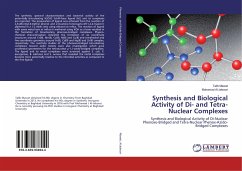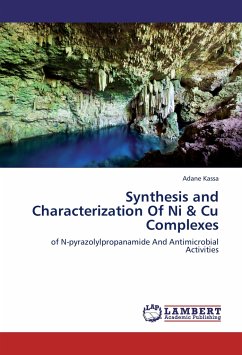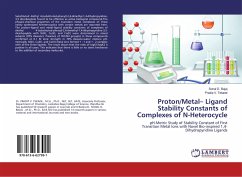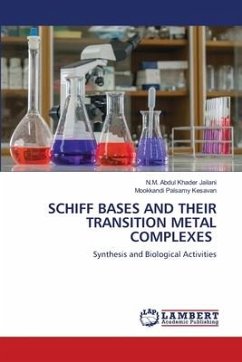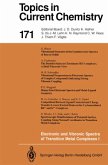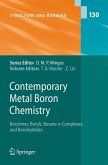The synthesis, spectral characterisation and bacterial activity of the potentially binucleating N2OS2 Schiff-base ligand (HL) and its complexes are reported. The preparation of ligand was achieved from the reaction of 2,6-diformyl-4-methyl phenol and 2-(4-amino-5-mercapto-4H-1,2,4-triazol-3-yl)phenol in a 1:2 mole ratio using ethanol at reflux. The reaction of ligand with some metal ions at reflux in methanol using KOH as a base resulted in the formation of binucleating phenoxo-bridged complexes. Physico-chemical characterisation indicated the formation of six coordinate structures around Cr( ), Mn( ), Co( ), Ni( ) and Cu( ) and tetrahedral and five-coordinate geometry around Fe( ), Cd( ) and Hg( ) and Zn( ) complex, respectively. The reactivity studies of the phenoxo-bridged binucleating complexes toward azido moiety were also investigated, which gave octahedral geometries for the tetranuclear µ-1,1-azido-bridged complexes. The ligand and its metal complexes were screened against E. coli, P. aeruginosa, B. sabtuius and S. aureus that revealed the metal complexes become more potentially resistive to the microbial activities as compared to the free ligand.
